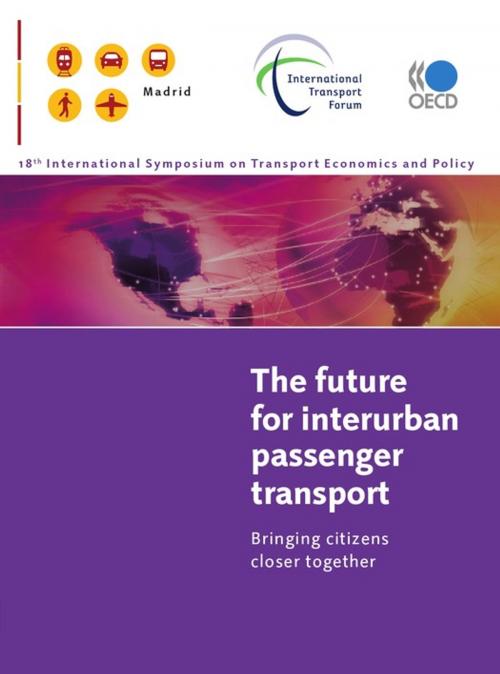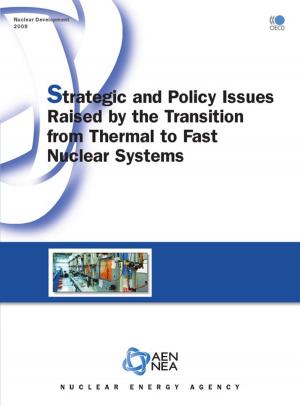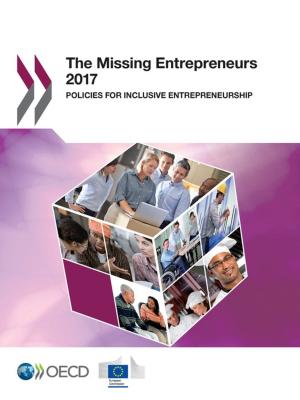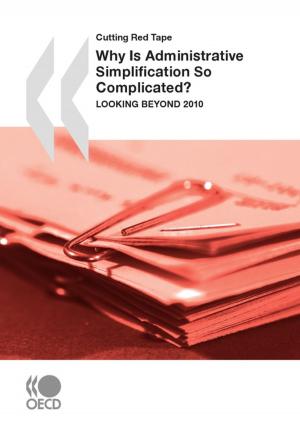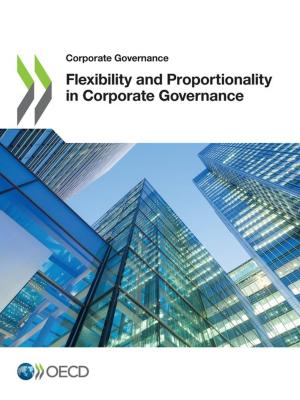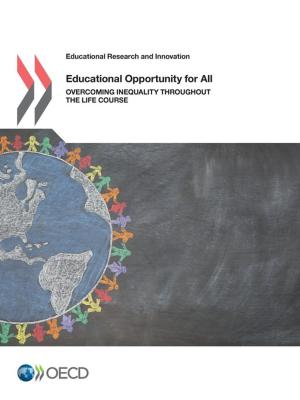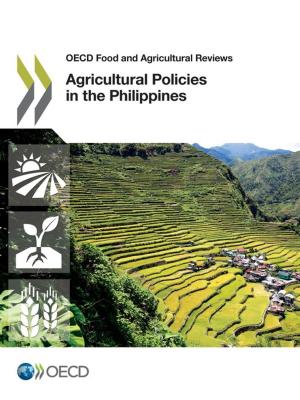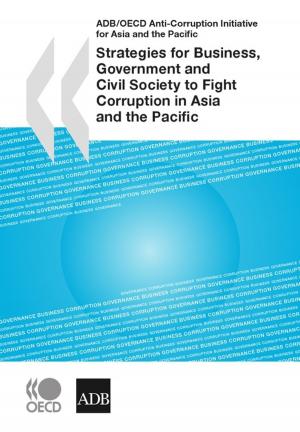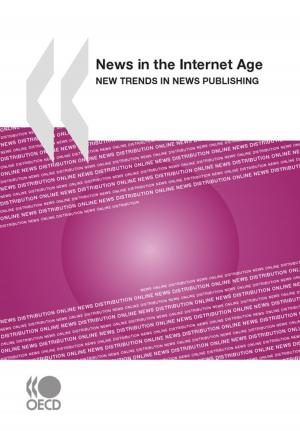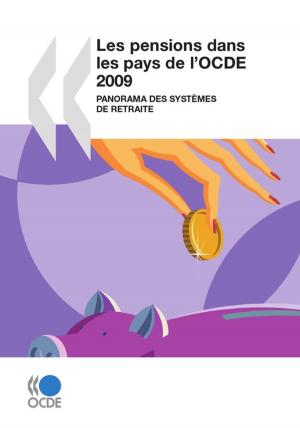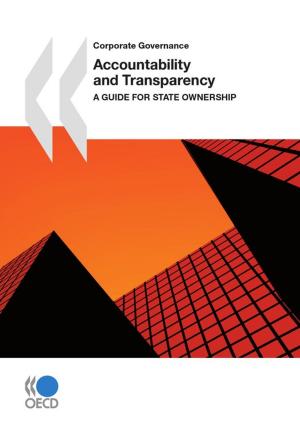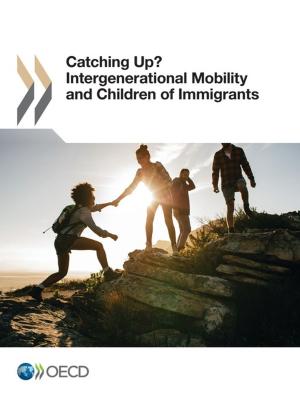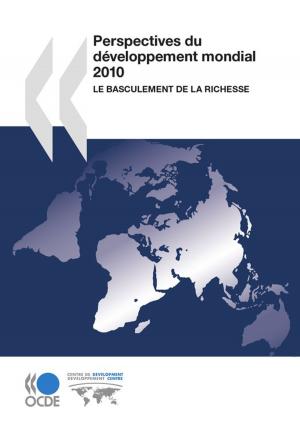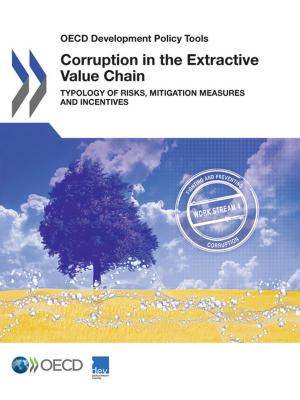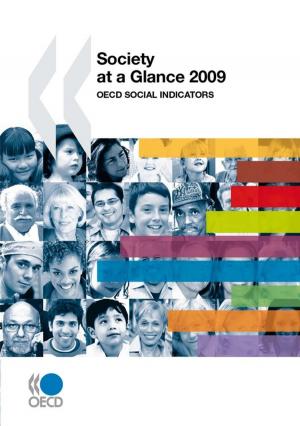The Future for Interurban Passenger Transport
Bringing Citizens Closer Together
Business & Finance, Industries & Professions, Industries| Author: | Collective | ISBN: | 9789282102688 |
| Publisher: | OECD | Publication: | May 4, 2010 |
| Imprint: | OECD | Language: | English |
| Author: | Collective |
| ISBN: | 9789282102688 |
| Publisher: | OECD |
| Publication: | May 4, 2010 |
| Imprint: | OECD |
| Language: | English |
Economic growth, trade and the concentration of population in large cities will intensify demand for interurban transport services. Concurrently, the need to manage environmental impacts effectively will increase. How successful we are in coping with demand will depend on our ability to innovate, to manage congestion, and to improve the quality of transport services. Technological and regulatory innovation will shape the future of transport.
These conference proceedings bring together ideas from leading transport researchers from around the world related to the future for interurban passenger transport.. A first set of papers investigates what drives demand for interurban passenger transport and infers how it may evolve in the future. The remaining papers investigate transport policy issues that emerge as key challenges: when to invest in high-speed rail, how to regulate to ensure efficient operation, how to assign infrastructure to different types of users, and how to control transport’s environmental footprint by managing modal split and improving modal performance.
Economic growth, trade and the concentration of population in large cities will intensify demand for interurban transport services. Concurrently, the need to manage environmental impacts effectively will increase. How successful we are in coping with demand will depend on our ability to innovate, to manage congestion, and to improve the quality of transport services. Technological and regulatory innovation will shape the future of transport.
These conference proceedings bring together ideas from leading transport researchers from around the world related to the future for interurban passenger transport.. A first set of papers investigates what drives demand for interurban passenger transport and infers how it may evolve in the future. The remaining papers investigate transport policy issues that emerge as key challenges: when to invest in high-speed rail, how to regulate to ensure efficient operation, how to assign infrastructure to different types of users, and how to control transport’s environmental footprint by managing modal split and improving modal performance.
